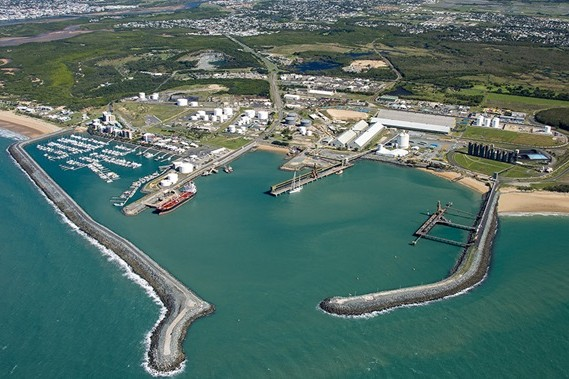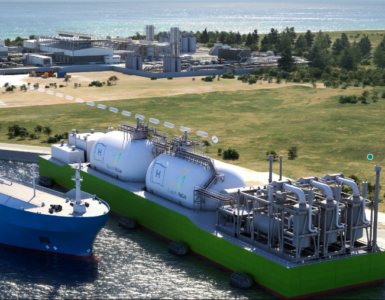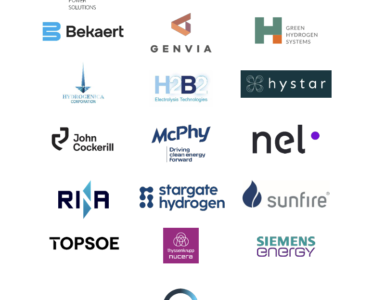Dalrymple Bay coal terminal explores green hydrogen, Australia.
[Financial Review] Queensland coal terminal operator Dalrymple Bay Infrastructure is exploring the possibility of building a green hydrogen plant and exporting the energy source to reassure investors that it will not become a stranded asset.Anthony Timbrell, Chief executive told The Australian Financial Review.
We do have a desire to diversify and grow our revenue sources.
“Clearly, there is a group of investors who are reluctant to look at DBI because of their concerns around asset stranding risk. And largely their concerns around asset stranding relate to the potential for hydrogen to replace coking coal.”
Exploring green hydrogen production was almost “the perfect hedge” because if hydrogen did start to replace metallurgical coal in blast furnaces, the port operator would be able to participate in the transition, Mr Timbrell said.
The company, which handles more than half of Queensland’s coal exports and listed on the Australian Securities Exchange in December, has signed a non-binding memorandum of understanding with Brookfield Infrastructure Group (which owns 49 per cent of DBI), North Queensland Bulk Ports, and Japanese trading group Itochu.
The parties will pay for feasibility studies into a green hydrogen production, storage and export facility at land on or near the port. The studies are expected to start this year but could take around 18 months to complete.
The group hired Advisian, the consulting subsidiary of engineering group Worley, to do a concept study examining the feasibility of loading large liquid bulk carriers at the terminal and water sources, and had discovered that the port was in one of Queensland’s three renewable energy zones.
North Queensland Bulk Ports owns land next to the port – which is currently the most obvious place to put a hydrogen plant – while Itochu wanted to get involved in low carbon energy sources, Mr Timbrell said.
The four parties aim to produce their own green hydrogen and export it to Asia to support the decarbonisation of trucking and bus fleets and could also potentially export hydrogen from third parties, he said.
Local and multinational companies are investing in green hydrogen plants in Australia with the aim of exporting hydrogen as countries look for low-carbon sources of energy to slash emissions.
The study comes as Queensland coal haulage group Aurizon, which has rail tracks leading to Dalrymple Bay and provides haulage services to the port, also tries to reduce its reliance on coal-linked earnings, flagging plans to expand its non-coal bulk haulage business.
DBI will update investors on its earnings from coal exports when it reports interim results next week.
Coal exports from its Hay Point terminal – which consist mostly of metallurgical coal used to make steel – slid to 55 million tonnes in calendar 2020, down from 67 million tonnes a year earlier.
Mr Timbrell said in February that the 2020 fall in exports was attributable to factory shutdowns in some of the company’s biggest markets, including Japan and India, during the pandemic.
While metallurgical coal prices had risen, leading to some recovery in export volumes, volumes had not yet recovered to pre-COVID-19 levels, he said.
DBI’s shares have slid since its float, when the stock was priced at $2.57 each. The shares rose 1.8 per cent in morning trading on Wednesday to $2.20.
READ the latest news shaping the hydrogen market at Hydrogen Central
Dalrymple Bay coal terminal explores green hydrogen, August 23, 2021









